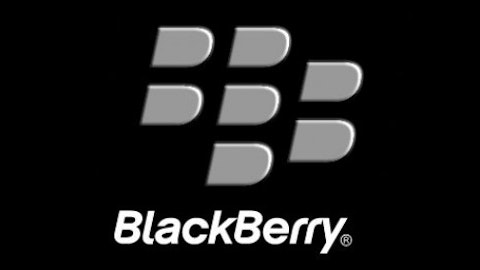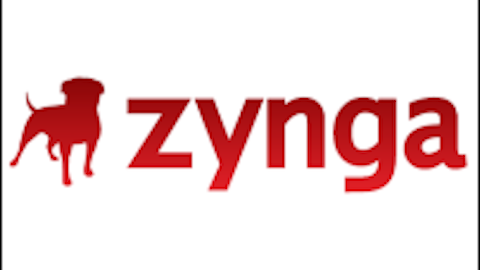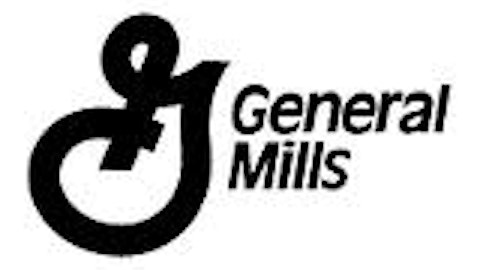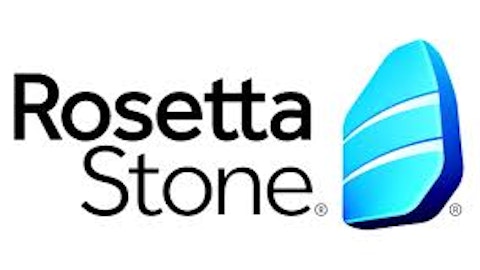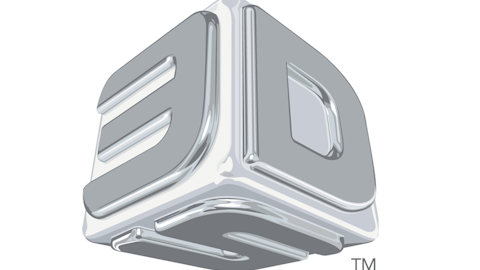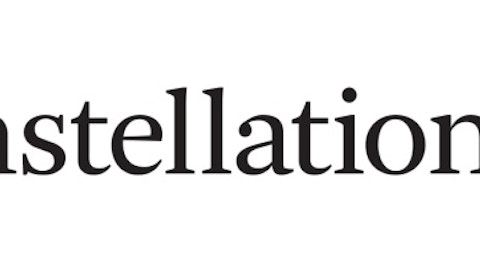After falling from above $50 per share at the beginning of 2010 to under $13 per share late last year, Hewlett-Packard Company (NYSE:HPQ) has rallied to nearly $25 as markets have become less negative on the hardware, software, and services company. The second quarter of Hewlett-Packard’s fiscal year ended in April; during that quarter, revenue fell by 10% versus a year earlier and was down slightly on a q/q basis as well. While the company cut costs, net income was down compared to a year ago as well even if we add back its restructuring charges; the first half of the current fiscal year saw earnings per share of $1.18. However, many shrinking “dino tech” companies have managed to boast high cash flow numbers, and Hewlett-Packard is no exception with over $6 billion in cash flow from operations over the same period. Most of this CFO went to repay debt, buy back shares, and build up the cash balance.
With cash flow numbers remaining strong, Hewlett-Packard Company (NYSE:HPQ) is valued at 4.4x trailing EBITDA. The stock also looks fairly cheap if we annualize its numbers so far this fiscal year- $3.36 in EPS would make for a price-to-earnings multiple of 7. Wall Street analysts expect results to be slightly better than that, with a bit more EPS growth in the following year. We certainly don’t like that business continues to shrink, but certainly if HP could slow its decline than it would still be a value play at these levels even with its recent rally going by those cheap valuation metrics.
We track quarterly 13F filings from hundreds of hedge funds as part of our work researching investment strategies; we have found, for example, that the most popular small cap stocks among hedge funds generate an average excess return of 18 percentage points per year (learn more about our small cap strategy). According to our database, billionaire Andreas Halvorsen’s Viking Global initiated a position of over 10 million shares in Hewlett-Packard Company (NYSE:HPQ) during the first quarter of 2013 (see Halvorsen’s stock picks). Citadel Investment Group, managed by billionaire Ken Griffin, also increased the size of its stake (find Griffin’s favorite stocks).
Dell Inc. (NASDAQ:DELL) and Accenture Plc (NYSE:ACN) are the closest peers for HP. Dell is currently a battleground between activist investor Carl Icahn and a group of private investors led by tech private equity group Silver Lake and Michael Dell himself. Currently the EV/EBITDA multiple is 5.2x, at a market price of $13.32 (compared to Silver Lake’s offer of $13.65 and Icahn’s potential bid of $14). This valuation is also 10 times forward earnings estimates. Accenture, whose business tilts more towards services, reported increases on both top and bottom lines in its most recent quarter compared to the same period in the previous fiscal year. Analysts actually expect that growth to halt, however, as both the trailing and forward P/Es come in at 16. We’d be interested in investigating why they are so skeptical.
We can also compare Hewlett-Packard Company (NYSE:HPQ) to International Business Machines Corp. (NYSE:IBM) which has been somewhat more successful in its transition from hardware to software and services, and to Microsoft Corporation (NASDAQ:MSFT), which while a software and services company is struggling with the same trends in the tech industry which have plagued HP. These companies’ forward earnings multiples are in the 10-11 range (though in Microsoft’s case we’d worry that the forward numbers include a temporary boost from sales of new versions of Windows and Office). EBITDA multiples are higher than what we saw at Dell and HP, at 7.6x for Microsoft and 8.8x for IBM. We would note that while IBM has been performing better than HP, its most recent quarterly report still shows a small decrease in revenue and earnings from levels a year ago.
It’s true that Hewlett-Packard Company (NYSE:HPQ) hasn’t been performing well recently, and we certainly aren’t that excited about its prospects. Still, the valuation metrics are quite low and suggest that the market is setting very low expectations for the business. We’d at least advise to keep a close eye on it for any signs that the weaker numbers are moderating, and would be interested in learning more about the company to see if that scenario is likely.
Disclosure: I own no shares of any stocks mentioned in this article.

